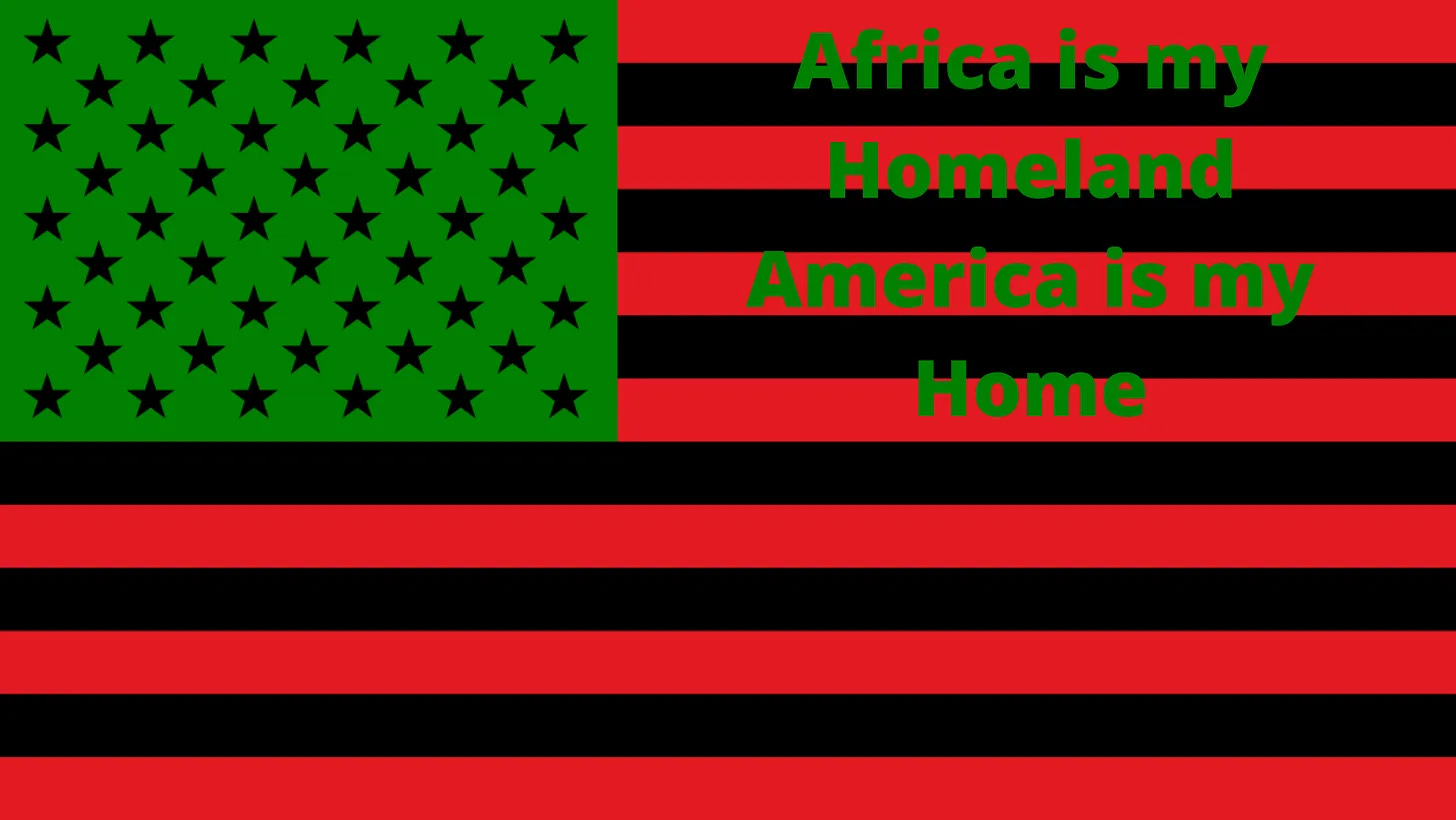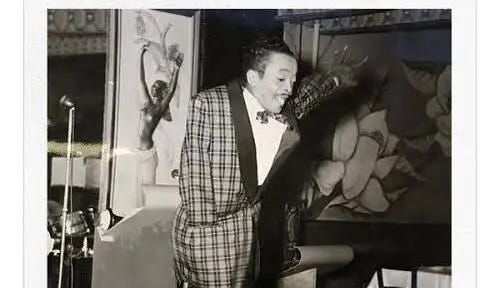Today In Black History: The Origin of the "Crip Walk"
"Crip" is short for "Cripple"
Issue #808 Today In Black History, Monday, February 17, 2025
If you like us, REALLY like us, please click the “Like” button at the end of this post!
Your “Likes” mean a LOT to us! We appreciate your support!
Our February, 2025 subscriber goals are 100 new free subscribers and 60 new paid subscribers! You can help us reach our goal!
Follow Pam on Bluesky.
Follow Keith on Bluesky.
Find valuable Courses and Books on branding and marketing for Independent Authors and Creative Professionals at Pam Speaks 2 You.
We appreciate your support!
Engage with us and our posts in Substack Notes, where we post almost daily.
Photo Credit: NY Times
At Super Bowl LIX in New Orleans on February 9, 2025, as part of the halftime show by Kendrick Lamar, tennis G.OA.T. Serena Williams danced the “Crip Walk” (or “C-Walk”), which is linked to Compton, California, her hometown and the hometown of Kendrick.
Serena also did a short Crip Walk dance in 2012 after winning the Gold Medal at the Olympics, and it was widely denounced by many.
Although the Crip Walk is now closely related to the now street gang the “Crips,” the actual dance was developed in the 1930s by a Black professional dancer who was a cripple due to losing his right arm and leg in a car accident.
Henry "Crip" Heard (November 11, 1924 – September 11, 1991) was an American professional dancer who appeared mostly in Black vaudeville theaters and nightclubs during the late 1940s and 50s. Heard was a double amputee, dancing with only one leg and one arm. And lacking a sufficient stump for wearing an artificial leg, he walked using a crutch that he danced both with and without.
In the 1970s, as the Crips gang was established, members began using the dance as a form of identification and demonstration of their gang affiliation. It became part of their culture, marking territory or celebrations among members.
The Crip Walk gained mainstream attention in the 1990s and 2000s, largely through hip-hop music videos and performances, bringing both interest and controversy due to its gang associations.
The basic steps and movements of the Crip Walk:
Heel-Toe: One of the fundamental movements, where the dancer pivots on the heel of one foot and the toe of the other, creating a sliding or gliding motion.
V Pattern: The dancer moves their feet to trace a 'V' shape on the ground, often with smooth, fluid movements that can vary in speed.
Shuffle: Involves quick, small steps that give the impression of floating across the ground.
As hip-hop culture permeated mainstream media, the Crip Walk was adopted, adapted, and reimagined by artists and dancers around the world.
This mainstream adoption of the Crip Walk sparked debates about cultural appropriation and the sanitization of its violent origins. Critics argue that detaching the dance from its historical context minimizes the struggles faced by those in gang-afflicted areas. Conversely, others see its evolution as a testament to the resilience and creativity of marginalized communities, who have transformed a symbol of resistance into one of artistic expression.
As with almost everything with a Black origin, racists denigrate the Crip Walk by associating it only with the Crips from Compton.
However, the Crip Walk has a long and deep history in Black American culture that has now gone mainstream, as most elements of our culture have done, whether white racists like it or not.
The Crip Walk's history is a poignant reminder of the socio-economic challenges and the vibrant cultural movements that have shaped urban America.
Today In Black History
In 1870, Congress passed a resolution readmitting Mississippi on the condition that the state would never change its constitution to disenfranchise Black people.
In 1891, Black inventor A.C. Richardson patented his invention of the churn.
In 1973, the USS Jesse L. Brown Navy frigate became the first commissioned ship named after an African American. Ensign Jesse L. Brown was a naval aviator who was killed in combat over Korea.
In 1997, the Virginia House of Delegates voted unanimously to retire the state song, ”Carry me back to old Virginnie,” which glorified slavery.
In 2016, Channing Dungey was named president of ABC Entertainment Group, becoming the first African American to lead a major U.S. broadcast network.
All “We Are Speaking” posts are now free for everyone to read, and commenting on our posts is now open to everyone!
Our subscriber goals for February 2025 include 20 new free subscribers, including 60 new paid subscribers. Click the link to help us reach our goals!
Our paid subscribers are encouraged to discuss this post in our W.A.S. Chat Community.
Join Pamela Hilliard Owens’s subscriber chat
Available in the Substack app and on the web
You are also welcome to view “We Are Speaking” in Substack Notes. You can also read other Substack publications without subscribing to them when you join Notes.
Did you know that you can listen to each “We Are Speaking” post and engage directly with us on the Substack App? Download the app!
Please check out Keith’s SciFi Musings Substack for posts about fantasy, sci-fi, and Afrofuturism!







Cab Calloway! Minnie the Moocher, St. James Infirmary Blues..